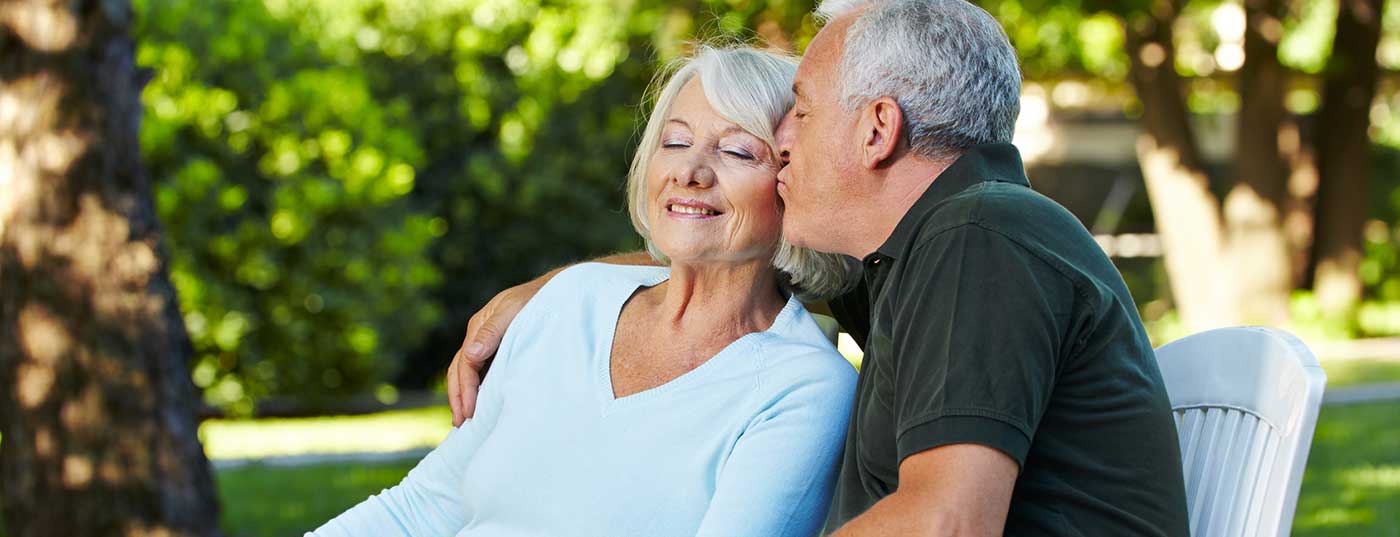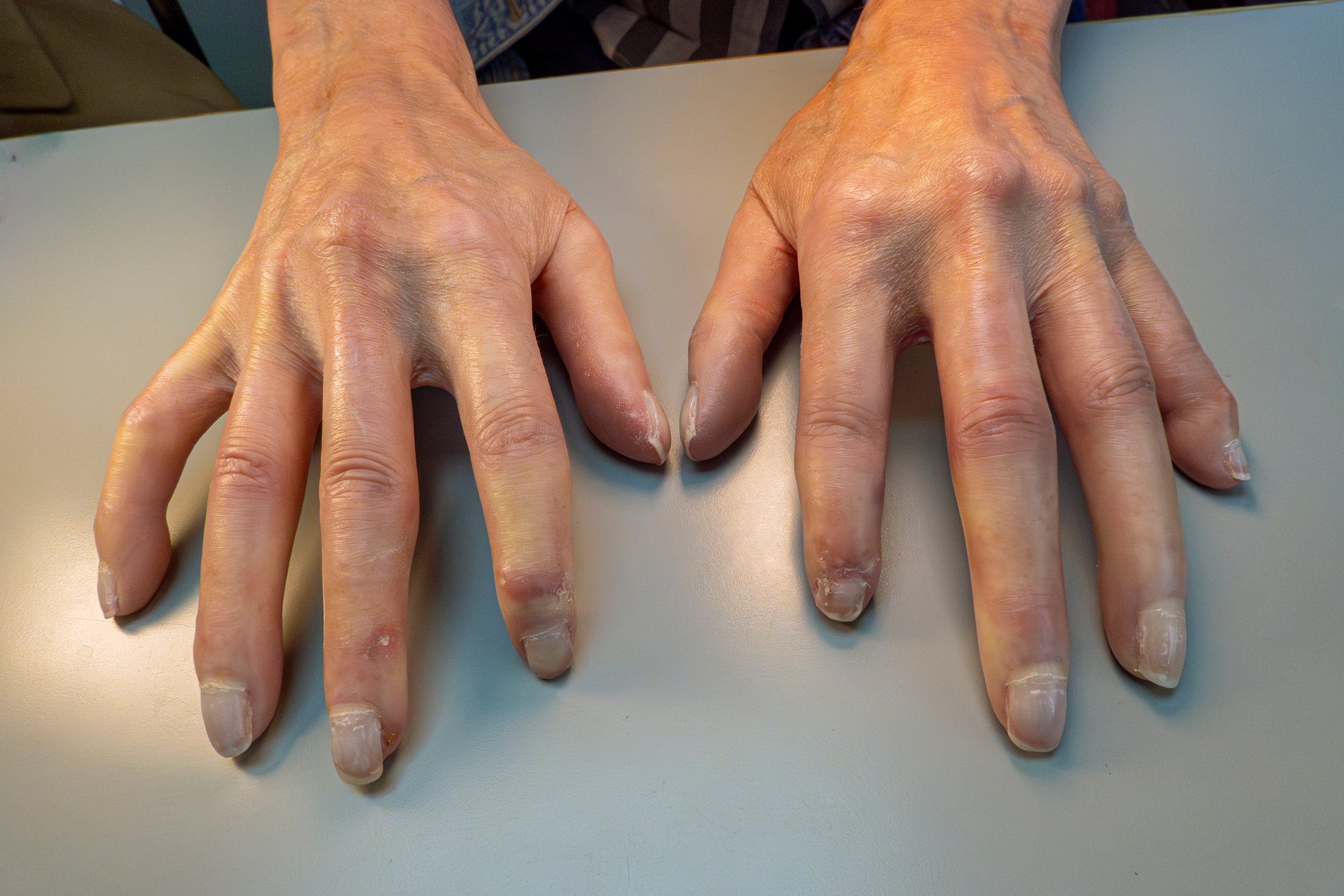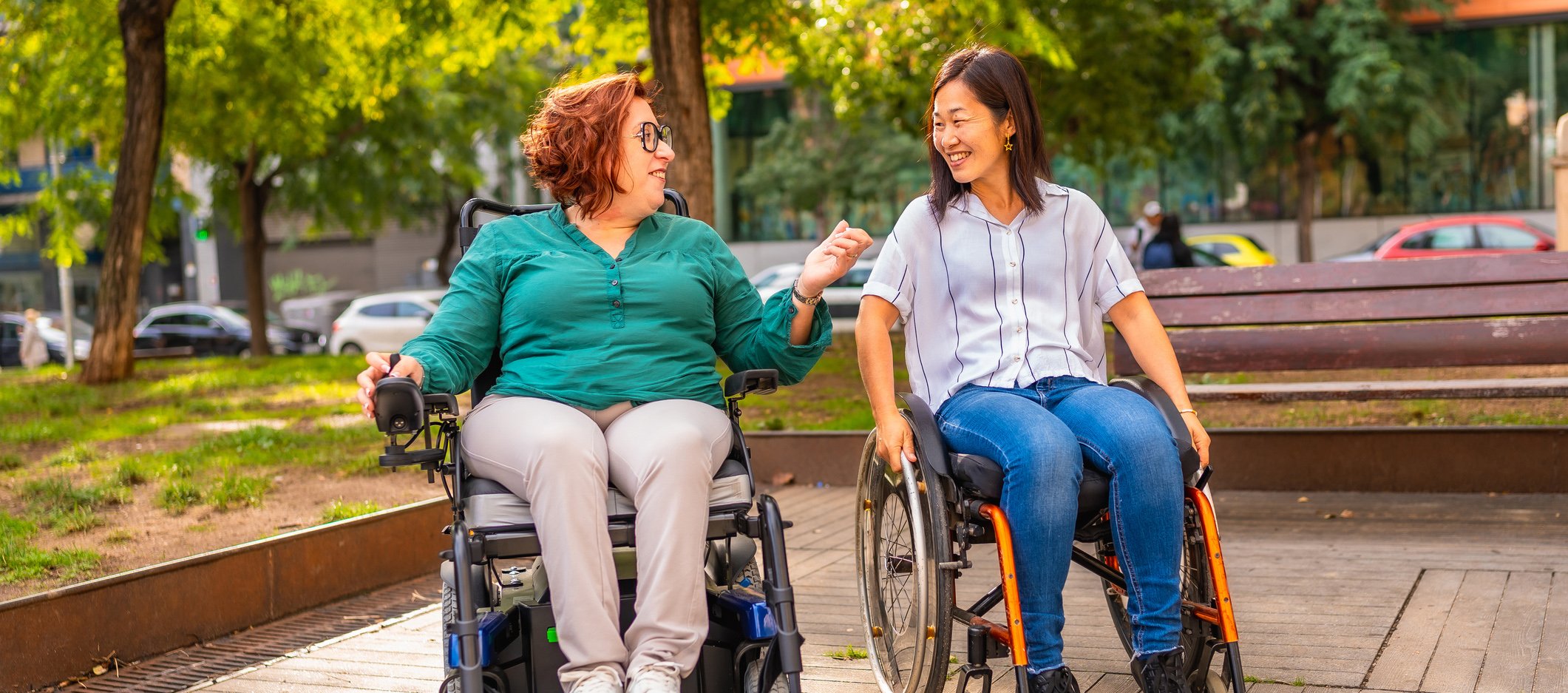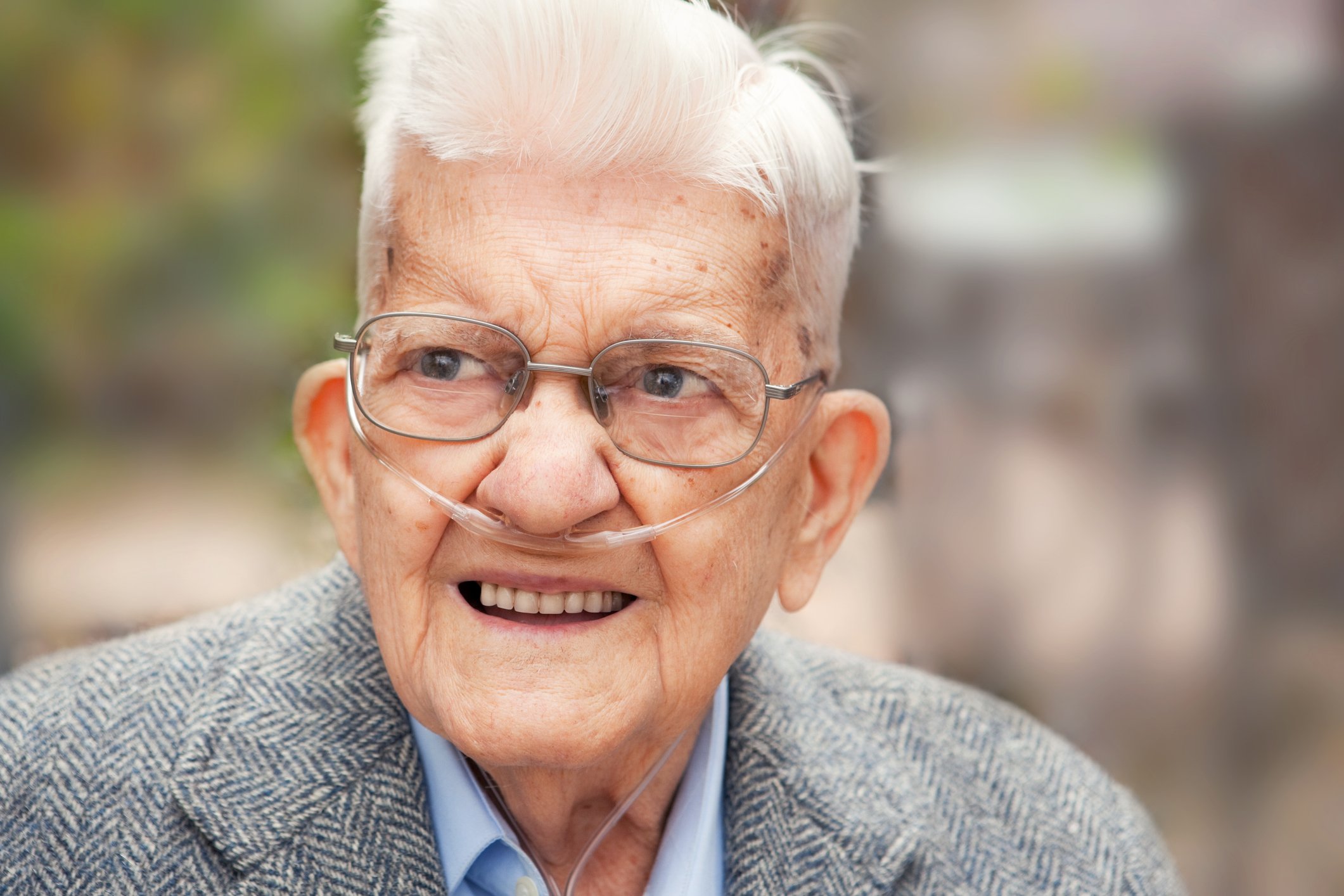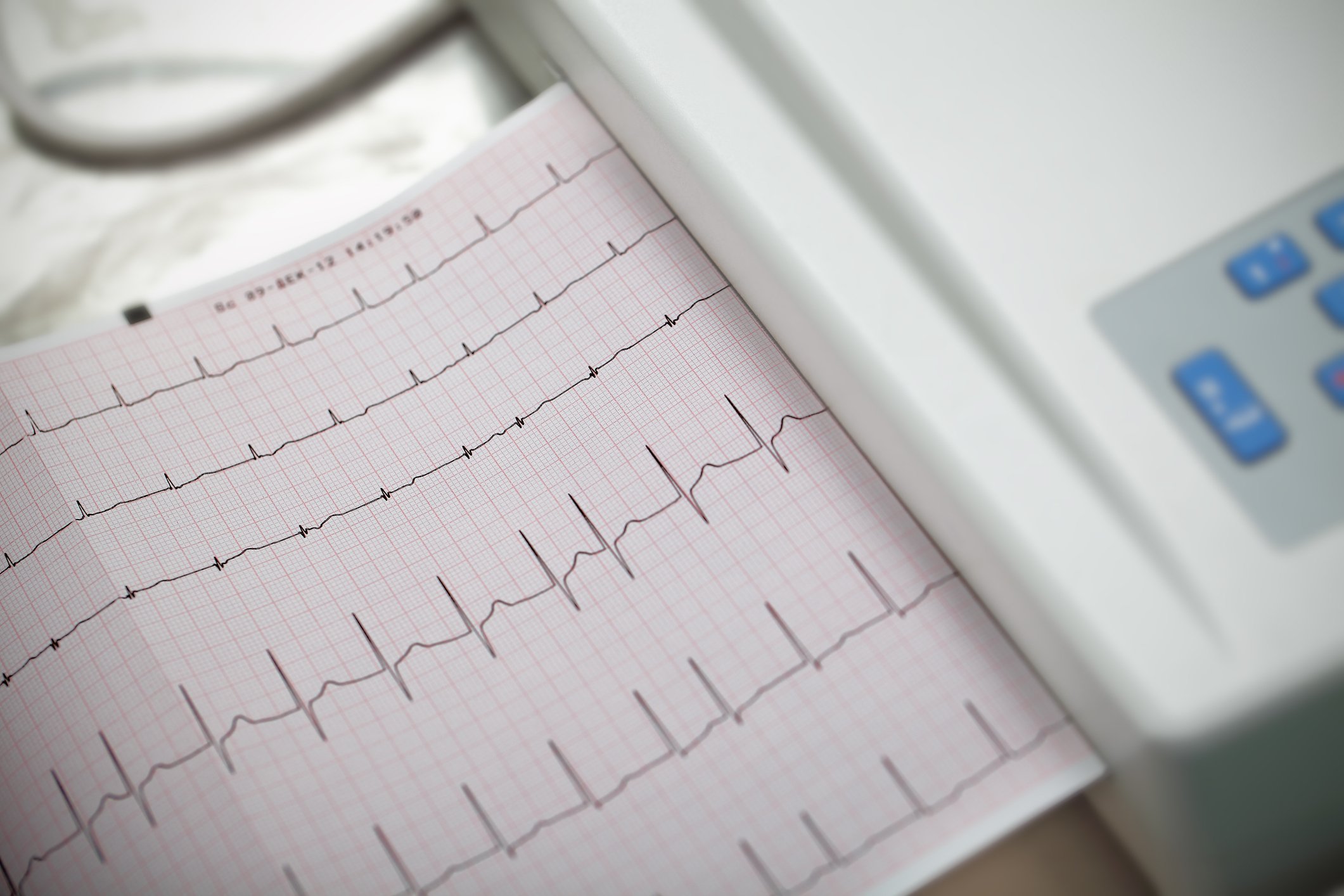How can we keep our brain and body fit in old age? This was a central question of the 2nd Swiss Symposium on Psychiatry in Oerlikon. Is it enough to download the “brain jogging” app and play virtual memory several times a day, or is there perhaps a greater role for practical activities? A good mental and physical condition is also a prerequisite for a fulfilling sexuality in old age. Conversely, it can be assumed that a balanced sex life has positive effects on the psyche. These multifaceted relationships between mind and body were the focus of the lecture series.
“Research on aging is a complex matter on the borderline between laboratory and everyday life,” explained Prof. Dr. Martin Meyer, Psychological Institute, University of Zurich. “Variance in behavior and anatomy/physis increases greatly with age. Older people are therefore a difficult population to grasp. In general, we can say that cognition is more or less stable until about 65, after which it steadily declines. Our brains are not evolutionarily designed for such a long lifespan.” Of course, one can now specifically train memory with memory games, for example. Such strategy-based training produces demonstrable, robust, and long-term effects in the relevant functional domain (e.g., problem solving, goal management, information processing speed), but has little or no transfer effect on other brain functions. “If you play memory a lot, you get better at memory. The successes can only be extended to a small extent to concrete everyday life in old age,” the speaker said. “That’s why I tend to advise multimodal interventions. People who want to train their brains need to get out into the action (dog walking, traveling by train, etc.). There, they experience a much more complex social, emotional, and cognitive stimulus, which leads to the acquisition of new skills with relevance to everyday life.”
Computer games such as strategy games or multitasking programs sometimes have a broad transfer effect (reasoning, planning, visual strategies, working memory, selective attention), but cannot replace reality, e.g., walking through the labyrinthine Zurich main station [1].
Plasticity of the brain
The findings led to the theory of brain plasticity. This includes changes due to learning/training (short- and long-term), preservation of functions (e.g., speech preservation), transfer effects (from speech to music), reorganization (sign language), perceptual learning, and also maladaptivity (tinnitus). However, plasticity is not infinitely extensible. “In principle, we can say that our brain evolutionarily likes best the linking of motor and other sensory functions with mental processing. The human brain loves practical things, things we do with our hands and feet. Logical reasoning is a pain for most of us. We’re not really evolutionarily built for that.”
A 2014 study found that learning various cognitively demanding productive activities such as crochet and digital photography over three months had the better effects on episodic memory than a receptive stimulus (non-intellectual activities in a social setting) [2]. The most effective way is to combine all these activities. “In addition, anything that is good for the heart (cardiovascular exercise) is good for the brain,” Prof. Meyer said. There is a possible interaction with adult neurogenesis (new formation of neurons under specific conditions).
One of the few long-term studies on dementia and aging is by Verghese [3]. It confirms the success of the holistic training approach (visual, motor, mental, physical, etc.): The risk of dementia was reduced through reading, dancing, making music and playful activities in a social setting.
Brain atrophy due to aging
Surveys show: Our brain shrinks with age. The gray matter shows large-scale atrophy over time (the process is faster in dementia), starting in the frontal lobe and then affecting the parietal and temporal lobes. Multimodal cortical regions are generally more affected than primary and secondary cortical regions. But what is the everyday relevance of the observation? In this context, two positive messages can be announced:
- A decrease in gray matter does not mean that brain functions will decline at the same rate. “The brain is capable of reinventing itself to some degree,” Prof. Meyer said. “In analogy to a public transport route plan, the brain forms detours when interruptions in direct connections occur. Other brain areas then take over former functions of the frontal brain in the sense of compensation (dedifferentiation).”
- Skills that one uses throughout life, such as bilingualism, lead to a kind of cognitive reserve and delay the symptomatic onset and progression of Alzheimer’s dementia (AD), although brain atrophy in AD-relevant areas may be more severe than in monolinguals. Conversely, this means: Neuropathology leads to manifest symptoms of AD later in bilinguals than in comparison groups [4].
Does male menopause exist?
“Menopause represents the end of the reproductive phase in women and is associated with a dramatic decline in reproductive hormones. The situation in men is fundamentally different: both sperm and testosterone are present in them until death,” says Prof. Johannes Bitzer, MD, Women’s Hospital, University Hospital Basel. In this respect, one cannot basically speak of an “andropause”. Nevertheless, numerous changes in reproductive and sexual biological function are also evident in the aging male. What are they?
On the one hand, male fertility also decreases with age (after an initial increase and an optimum phase up to about 50 years), this in correlation with sperm count. On the other hand, there is an age-related decrease of androgens in men, which is continuous and slow and shows a high variability. In addition, there are changes in physiology and anatomy that affect the sexuality of the older man (tab. 1) . The prevalence of erectile dysfunction is also increasing. This is primarily a symptom and not an entity in its own right. The causes are diverse and range from vascular to neurological, endocrine to psychological and drug-associated factors. “Increasing age correlates, on the one hand, with the difficulty of getting an erection and, on the other, with a decrease in the likelihood of orgasm,” the expert said. “The probability of orgasm is independent of the partner. Therefore, looking for a younger partner does not necessarily help.”
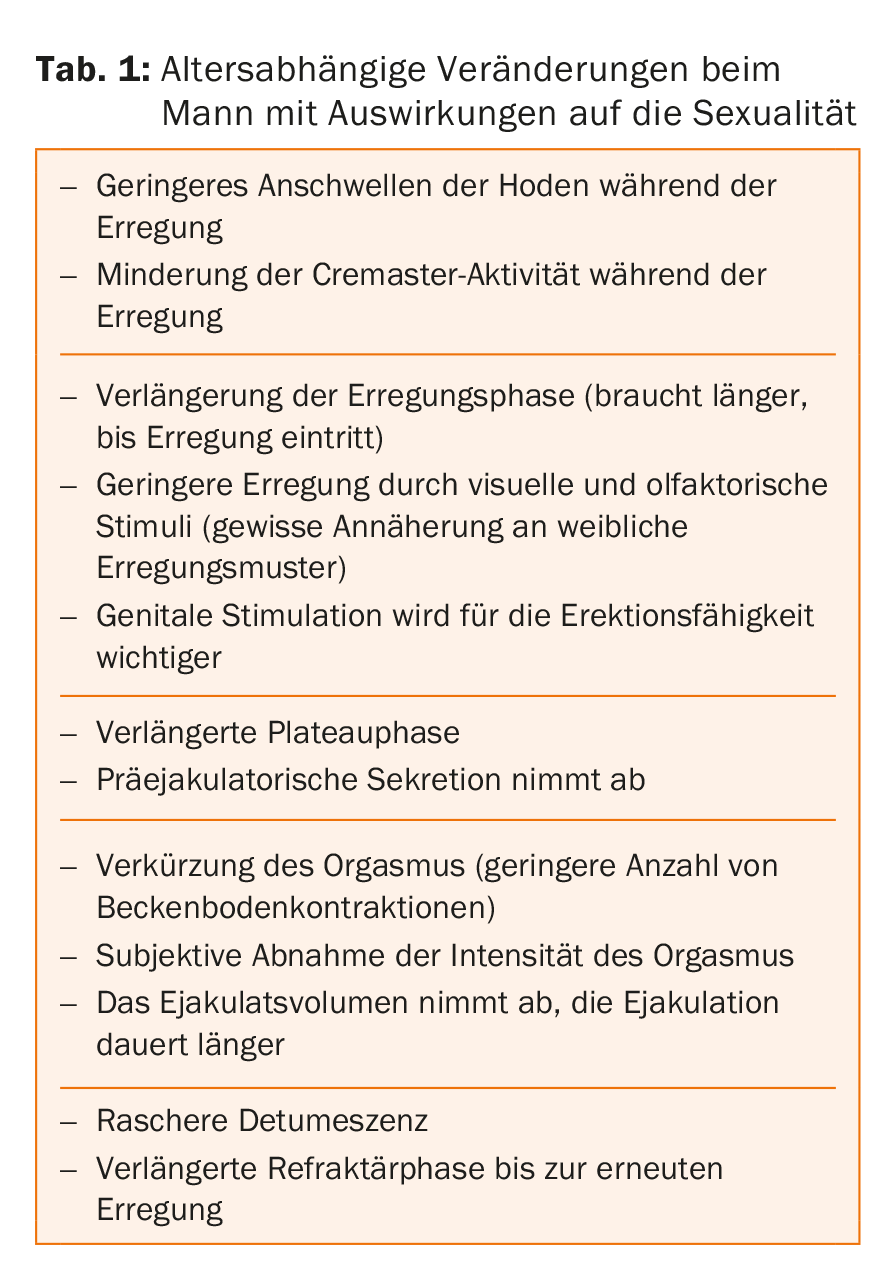
It is controversial whether the size of the penis also decreases with age. There are theories that assume that this impression is created only because the penis is increasingly overlaid by surrounding fat (the “buried penis”). Others see the reason in a possible decrease in the rigidity of the corpora cavernosa.
Sexuality in older couples
“Age sexuality is a taboo and thus falls into the realm of the impure, the forbidden,” Prof. Bitzer explained. For example, children often do not want to admit that their father and mother are sexually active. The reason for this is that they have elevated their parents to the realm of the sacred/pure and perceive them as virtually asexual beings. On the other hand, in society’s perception, old bodies per se belong to the realm of the “unclean”; they are considered ugly and unaesthetic and thus contradict the ideal sexuality as an encounter of beautiful and functioning, i.e. “pure” bodies. “The semiotics of aesthetics consequently plays a crucial role” said the speaker.
Age sexuality can be interpreted in four different discourses:
- medical perspective (focus on biological changes and drugs. Keyword: “flaccid penis and dry vagina”).
- Redefinition/rehabilitation (focus on changed needs, redefinition of sexuality and sensuality. Keyword: the “postpassionate tenderness”).
- Growth/development perspective (focus on self-awareness, partnership development. Keyword: the fulfilled age sexuality, the “new fire”).
- “Puccini” perspective (falling in love anew, intensification of stimulation from outside, the allure of the new. Keyword: the “rejuvenation cure”).
The sexual equation
At any age, the goal is to fulfill the sexual equation, which is that sexual needs and desires correspond to sexual reality. The equation is influenced by internal comparative variables such as one’s own sexual biography, sexual ideal, and by external comparative variables such as sexual biography, sexual ideal of the partner. Common problems in old age that lead to a discrepancy in this balance are decrease in pleasure, physical dysfunctionality, and pain. “Differences in (sexual) life histories become more accentuated with age. In addition, there are multiple influences such as polypharmacy and comorbidities that have a very fundamental impact on sexuality.” One possible solution is to simply block out the sexual problems (i.e., the unfulfilled sexual equation) and bring stability back into the relationship through abstinence or relinquishment. Another approach is “falling in love sequentially” (if it doesn’t work out with one partner, you look for a new one), a third is abandoning monogamy (stable external relationships). Finally, the flight forward is also an option: from the (sexual) difference can be drawn its own stimulus, so as to entice the relationship new momentum.
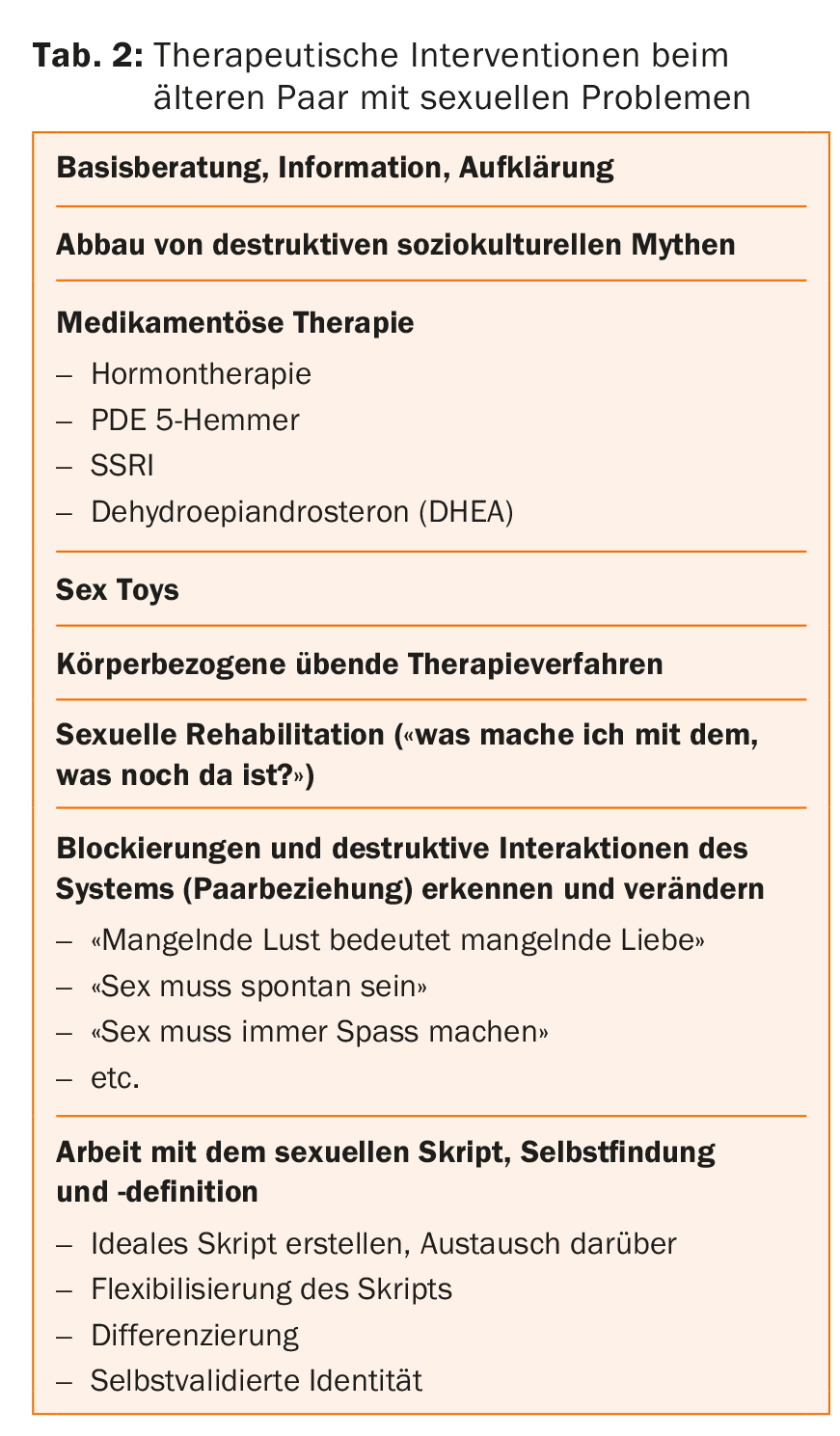
Table 2 summarizes the therapeutic interventions.
Source: 2nd Swiss Symposium on Psychiatry, March 12, 2016, Zurich-Oerlikon
Literature:
- Anguera JA, et al: Video game training enhances cognitive control in older adults. Nature 2013 Sep 5; 501(7465): 97-101.
- Park DC, et al: The impact of sustained engagement on cognitive function in older adults: the Synapse Project. Psychol Sci 2014 Jan; 25(1): 103-112.
- Verghese J, et al: Leisure activities and the risk of dementia in the elderly. N Engl J Med 2003 Jun 19; 348(25): 2508-2516.
- Schweizer TA, et al: Bilingualism as a contributor to cognitive reserve: evidence from brain atrophy in Alzheimer’s disease. Cortex 2012 Sep; 48(8): 991-996.
InFo NEUROLOGY & PSYCHIATRY 2016; 14(3): 41-43.


